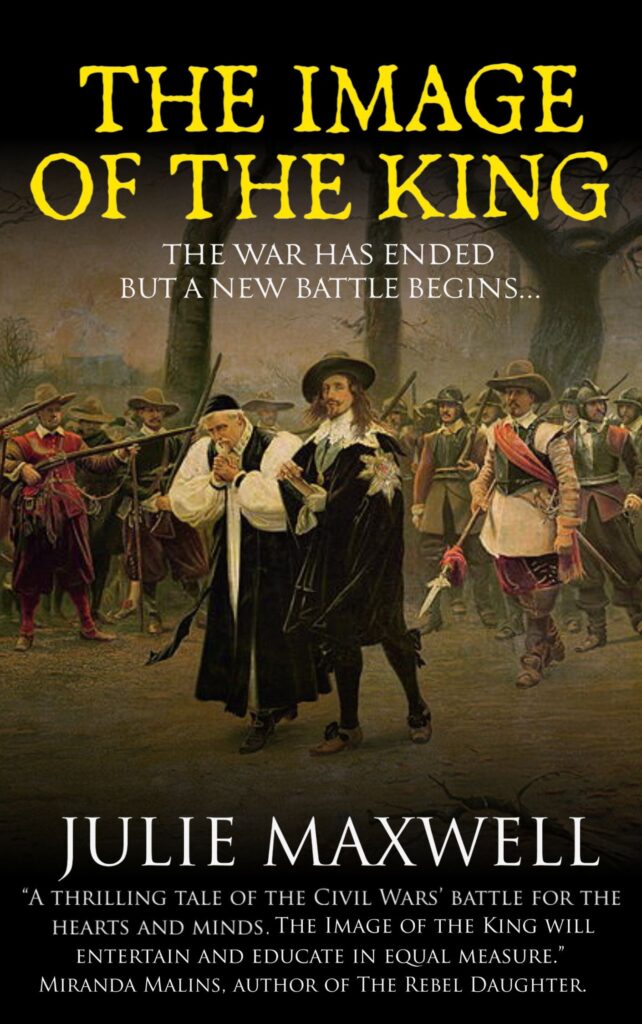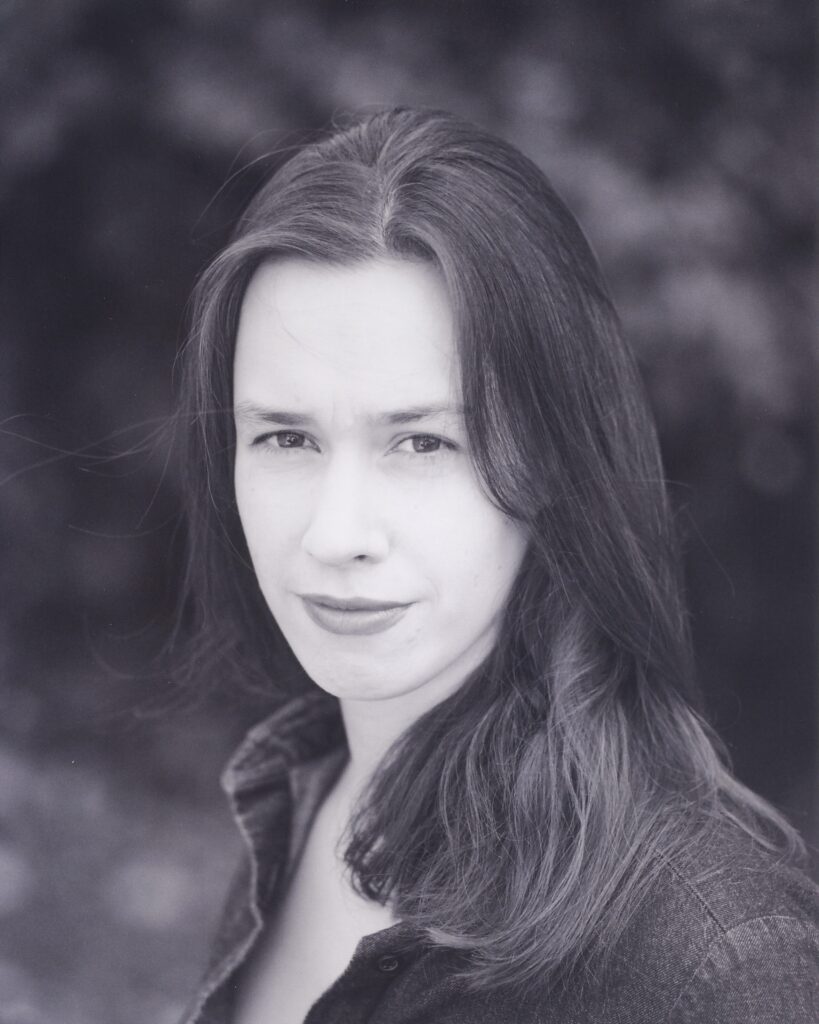

How did you come up with the title for your book?
I borrowed it from King Charles I. The Image of the King (Sharpe Books) is a literary historical novel about two men, the doomed Stuart king and the republican poet John Milton. During the civil wars, King Charles I started to write a memoir that would eventually be published on the day of his execution. Its Greek title Eikon Basilike means ‘The Royal Portrait’ or ‘The King’s Image’. It was so popular and influential (think of Spare) that an official rebuttal was commissioned from the writer John Milton. We now know Milton primarily as the poet of Paradise Lost. Back then, however, he was working for Oliver Cromwell’s government. Milton’s book was called Eikonoklastes, meaning ‘The Iconoclast’. Once notorious, it has been almost forgotten.
What books helped you the most when you were writing your book?
Apart from Milton and Charles’s own writings, I learned most from the eyewitness narratives written by those closest to the king during the last months of his life. I also found an indispensable guide to the trial of Charles I in Geoffrey Robertson’s brilliant biography of the Prosecutor, John Cooke: The Tyrannicide Brief. The Story of the Man who sent Charles I to the Scaffold. Cooke was an extraordinary man who apparently pioneered the concepts of the right to silence, command responsibility, and legal aid.
Have you ever travelled as research for your book?
Yes, I visited locations used in The Image of the King. The most moving experience was finding one of the places that the king was kept prisoner, a few months before his death: a schoolteacher’s house in Newport, Isle of Wight. The building was derelict, the windows boarded up with cheap plywood. Nothing indicated that a King of England had ever been there, desperately trying to make the right decisions on the fateful night before his abduction by the Army. I was also shocked to visit Hurst Castle, almost a misnomer for the crude sea fortress where the king was kept in totally unsuitable accommodation in the gun tower.
Have you ever tried to write a novel for a genre you rarely or never read?
I write literary fiction and criticism and I rarely read historical fiction. The few exceptions are usually literary historical novels such as Laurence Binet’s brilliant non-fiction novel HHhH, which is partly a meditation on the legitimacy of fictionalising history. I wrote The Image of the King because I had taught seventeenth-century literature, including Milton’s poetry, to university students. It was suggested to me that I might try my hand at a genre that was becoming increasingly esteemed for its literary merit.
What is a significant way your book has changed since the first draft?
In the first draft, there was only one main character, Milton. Everything was seen from his first-person perspective. I decided to rewrite it as a third-person novel alternating between the viewpoints of the king and the poet in order to better explain the complicated political background and also to give equal weight to the opposing ideologies of the time. Unlike some who write about this historical period, I am neither a monarchist nor a republican myself.
What part of the book was the most fun to write?
Definitely the ending. I like to surprise readers.
If you’re planning a sequel, can you share a tiny bit about your plans for it?
After eleven years of Cromwellian rule, the Stuart monarchy is restored. The biggest manhunt in British history, for the killers of the former King Charles I, is soon underway. As a notorious apologist for the regicide, Milton goes into hiding to save his life. How will his great poem Paradise Lost ever be finished now?
How many books have you written? Which is your favourite?
The Image of the King is my third novel. My debut was You Can Live Forever (Jonathan Cape; winner of a Betty Trask Award, TLS Books of the Year) and followed by These Are Our Children (Quercus; Observer Books of the Year). I have also co-edited and contributed several sections to a scholarly study, Shakespeare and Quotation (Cambridge University Press). My fourth novel is currently out on submission. My fifth novel is a work-in-progress. Having a favourite book feels a bit like the injustice of having a favourite child. I try to do my best for all of them. But the book that means the most to me personally is These Are Our Children because it commemorates the loss of my first baby.
What would you say to an author who wanted to design their own cover?
Why not? It can be difficult to identify with the cover that the publisher wants to put on your work. I do, however, very much love the gorgeous paperback cover for These Are Our Children, which was designed by Leo Nickolls at Quercus.
What books have you read more than once in your life?
I used to reread Shakespeare’s plays, Milton’s poetry, and other early modern texts every year or so in order to teach them. This year I am looking forward to rereading Paradise Lost for an entirely new reason while I write the sequel to The Image of the King.
You can find Julie on Twitter @JMaxwellAuthor and you can buy The Image of the King here: https://www.amazon.co.uk/dp/B0C4YZY9J9